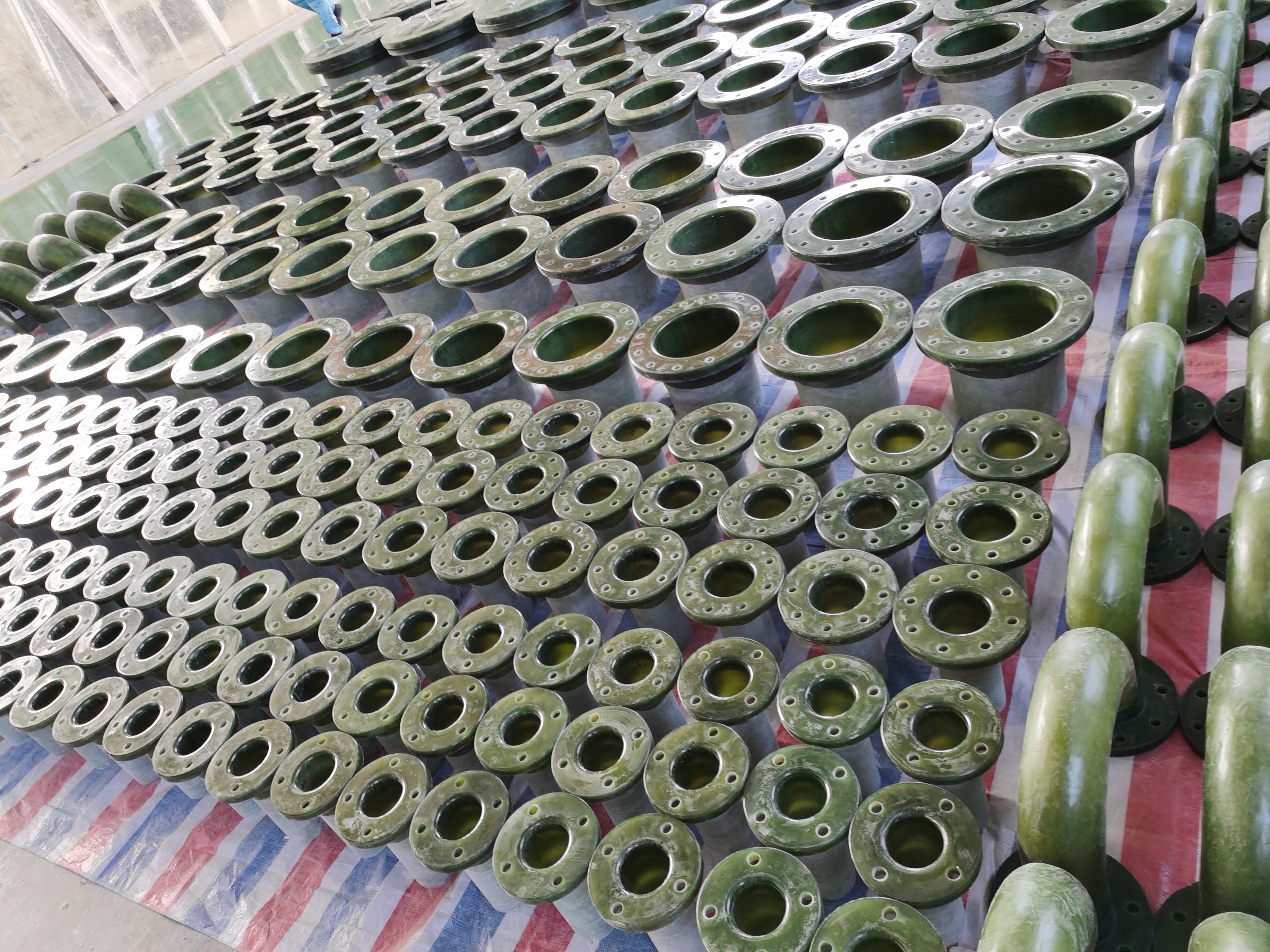
-
 Afrikaans
Afrikaans -
 Albanian
Albanian -
 Amharic
Amharic -
 Arabic
Arabic -
 Armenian
Armenian -
 Azerbaijani
Azerbaijani -
 Basque
Basque -
 Belarusian
Belarusian -
 Bengali
Bengali -
 Bosnian
Bosnian -
 Bulgarian
Bulgarian -
 Catalan
Catalan -
 Cebuano
Cebuano -
 China
China -
 China (Taiwan)
China (Taiwan) -
 Corsican
Corsican -
 Croatian
Croatian -
 Czech
Czech -
 Danish
Danish -
 Dutch
Dutch -
 English
English -
 Esperanto
Esperanto -
 Estonian
Estonian -
 Finnish
Finnish -
 French
French -
 Frisian
Frisian -
 Galician
Galician -
 Georgian
Georgian -
 German
German -
 Greek
Greek -
 Gujarati
Gujarati -
 Haitian Creole
Haitian Creole -
 hausa
hausa -
 hawaiian
hawaiian -
 Hebrew
Hebrew -
 Hindi
Hindi -
 Miao
Miao -
 Hungarian
Hungarian -
 Icelandic
Icelandic -
 igbo
igbo -
 Indonesian
Indonesian -
 irish
irish -
 Italian
Italian -
 Japanese
Japanese -
 Javanese
Javanese -
 Kannada
Kannada -
 kazakh
kazakh -
 Khmer
Khmer -
 Rwandese
Rwandese -
 Korean
Korean -
 Kurdish
Kurdish -
 Kyrgyz
Kyrgyz -
 Lao
Lao -
 Latin
Latin -
 Latvian
Latvian -
 Lithuanian
Lithuanian -
 Luxembourgish
Luxembourgish -
 Macedonian
Macedonian -
 Malgashi
Malgashi -
 Malay
Malay -
 Malayalam
Malayalam -
 Maltese
Maltese -
 Maori
Maori -
 Marathi
Marathi -
 Mongolian
Mongolian -
 Myanmar
Myanmar -
 Nepali
Nepali -
 Norwegian
Norwegian -
 Norwegian
Norwegian -
 Occitan
Occitan -
 Pashto
Pashto -
 Persian
Persian -
 Polish
Polish -
 Portuguese
Portuguese -
 Punjabi
Punjabi -
 Romanian
Romanian -
 Russian
Russian -
 Samoan
Samoan -
 Scottish Gaelic
Scottish Gaelic -
 Serbian
Serbian -
 Sesotho
Sesotho -
 Shona
Shona -
 Sindhi
Sindhi -
 Sinhala
Sinhala -
 Slovak
Slovak -
 Slovenian
Slovenian -
 Somali
Somali -
 Spanish
Spanish -
 Sundanese
Sundanese -
 Swahili
Swahili -
 Swedish
Swedish -
 Tagalog
Tagalog -
 Tajik
Tajik -
 Tamil
Tamil -
 Tatar
Tatar -
 Telugu
Telugu -
 Thai
Thai -
 Turkish
Turkish -
 Turkmen
Turkmen -
 Ukrainian
Ukrainian -
 Urdu
Urdu -
 Uighur
Uighur -
 Uzbek
Uzbek -
 Vietnamese
Vietnamese -
 Welsh
Welsh -
 Bantu
Bantu -
 Yiddish
Yiddish -
 Yoruba
Yoruba -
 Zulu
Zulu
fiberglass car
The Rise of Fiberglass Cars A Revolutionary Leap in Automotive Engineering
In the realm of automotive engineering, innovation often drives progress, and one of the most transformative materials to emerge over the past century is fiberglass. The use of fiberglass in car manufacturing has revolutionized the industry, offering a perfect combination of lightweight design, durability, and aesthetic flexibility. As we delve into the history and advancements surrounding fiberglass cars, we uncover a narrative of creativity and technological triumph that reshaped automobile design.
Fiberglass, a composite material made from fine glass fibers and resin, was first developed in the 1930s. However, it wasn’t until the post-World War II era that the automotive industry began to fully appreciate its potential. The first significant usage of fiberglass in cars can be traced back to the introduction of the Chevrolet Corvette in 1953. This iconic sports car was groundbreaking not only for its performance but also for its sleek, molded fiberglass body, which set it apart from traditional steel-bodied vehicles. The Corvette laid the groundwork for a new era where form and function could coexist more harmoniously, igniting a passion for fiberglass in sports car design.
The Rise of Fiberglass Cars A Revolutionary Leap in Automotive Engineering
Aesthetically, fiberglass provides unparalleled design flexibility, enabling manufacturers to create complex shapes and curves that would be challenging to achieve with metal. This quality has led to some of the most visually striking cars in automotive history. For instance, the Lotus Elise epitomizes this design freedom, showcasing intricate lines and a lightweight structure that enhances its performance on the track. The ability to mold fiberglass into virtually any form has encouraged automotive designers to push the boundaries of creativity, resulting in vehicles that are not only functional but also works of art.
fiberglass car

As the automotive industry evolved, fiberglass's appeal expanded beyond the realm of sports cars. It began to infiltrate the world of mass production vehicles during the late 20th century. Manufacturers realized that incorporating fiberglass components could lead to a significant reduction in production costs, while still ensuring a high-quality finish. Companies started experimenting with fiberglass for hoods, fenders, and even entire body panels. This trend was particularly prominent in the 1970s and 1980s, when automakers sought cost-effective ways to remain competitive in a rapidly changing market.
In recent years, the emergence of electric vehicles (EVs) has rekindled interest in fiberglass technology. With the EV market demanding lighter structures to offset battery weight, fiberglass is once again becoming a favored material. Innovative companies are exploring ways to integrate fiberglass into new electric models, capitalizing on its lightweight properties to enhance range and efficiency. This resurgence exemplifies the cyclical nature of automotive materials, where past innovations resurface to meet modern demands.
Looking ahead, the potential for fiberglass in the automotive sector remains vast. As sustainability becomes a crucial focus, the development of recyclable fiberglass composites could further introduce eco-friendly solutions to car manufacturing. Enhanced production techniques and advancements in material science promise to improve the performance characteristics of fiberglass, making it an even more appealing choice for future vehicles.
In conclusion, fiberglass has undoubtedly played a pivotal role in shaping the automotive landscape. From its inception to the contemporary era, this remarkable material has enabled manufacturers to innovate, creating cars that are lighter, more durable, and aesthetically captivating. As we drive toward a future that embraces sustainability and efficiency, fiberglass will likely continue to be a cornerstone of automotive design, inspiring the next generation of vehicles.
Latest news
-
Exploring the Benefits of Top Hammer Drifter Rods for Enhanced Drilling PerformanceNewsJun.10,2025
-
High-Precision Fiberglass Winding Machine for GRP/FRP Pipe Production – Reliable & Efficient SolutionsNewsJun.10,2025
-
FRP Pipes & Fittings for Shipbuilding - Corrosion-Resistant & LightweightNewsJun.09,2025
-
Premium FRP Flooring Solutions Durable & Slip-ResistantNewsJun.09,2025
-
Premium Fiberglass Rectangular Tanks Durable & Lightweight SolutionNewsJun.09,2025
-
Tapered Drill String Design Guide Durable Performance & UsesNewsJun.09,2025









